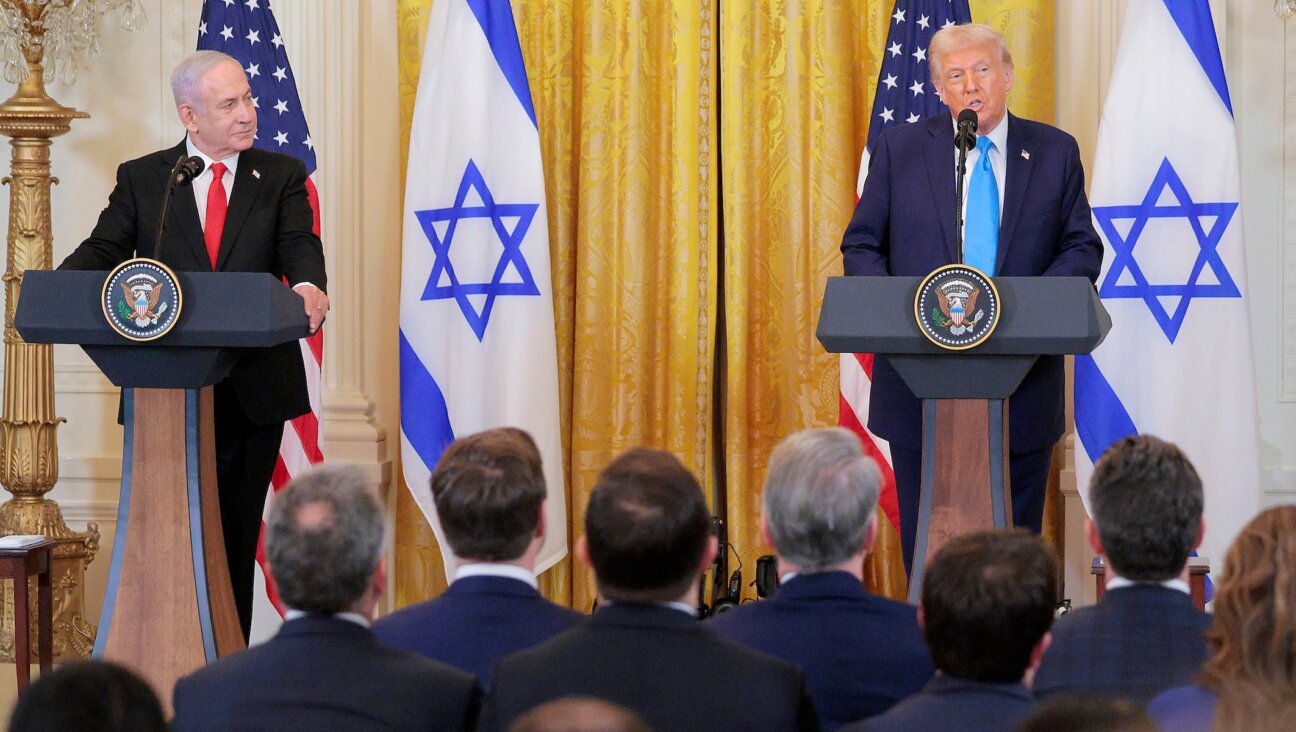Study: Iran Would Need 2-4 Months to Amass Bomb Material
Iran would currently need at least two to four months to produce enough weapons-grade uranium for one nuclear bomb, and additional time to make the device itself, a U.S. security institute said on Monday.
Estimates of how quickly Iran could enrich its uranium to the fissile level required for bombs are closely watched as they may give an indication of how much time its foes believe they have to prevent it obtaining nuclear weapons, if and when it decided to do so.
Iran says it has no such intention and that its nuclear enrichment work is purely for peaceful purposes. But its refusal to curb atomic work that can have both military and civilian purposes has drawn Western sanctions targeting its oil exports.
Although the lead times are shortening, an Iranian “nuclear breakout” to weapons capability in the next year could not escape detection by the U.N.’s International Atomic Energy Agency (IAEA) or the United States, said the report by the Institute for Science and International Security (ISIS).
Washington and its allies “maintain the ability to respond forcefully to any Iranian decision to break out”, said ISIS, a Washington think-tank that tracks Iran’s nuclear programme.
IRAN ON THE BRINK?
Last month, Israeli Prime Minister Benjamin Netanyahu said Iran may be on the brink of having a nuclear bomb in less than a year and suggested that the Jewish state might have to make a decision on whether to use military force against its nuclear sites by spring 2013.
ISIS said Iran would need two to four months to produce the 25 kg of weapons-grade uranium needed for one nuclear weapon, but longer for the weaponisation process.
“If Iran were to attempt to make a nuclear weapon, it would likely face new engineering challenges, despite work it may have done in the past,” the think tank said.
Experts say the task of fashioning highly refined uranium gas into a warhead small enough to fit on a missile is technologically complicated.
“Iran would thus need many additional months to manufacture a nuclear device suitable for underground testing and even longer to make a reliable warhead for a ballistic missile,” ISIS said.
It said the scenario of two-to-four months presumed that work would take place at the Natanz enrichment plant.
At the smaller Fordow facility – which is buried deep underground for protection against attacks – Iran would need at least 21 months, it said.
Iran could break out faster once it has amassed more uranium refined to a fissile concentration of 20 percent, ISIS added.
Iran’s enrichment of uranium to 20 percent fissile purity – compared with the 3.5 percent concentration used to fuel nuclear power plants – particularly worries the West as it requires only another relatively small step to get to the 90 percent required for weapons. Iran says it needs 20 percent fissile uranium for a research reactor in Tehran.






















